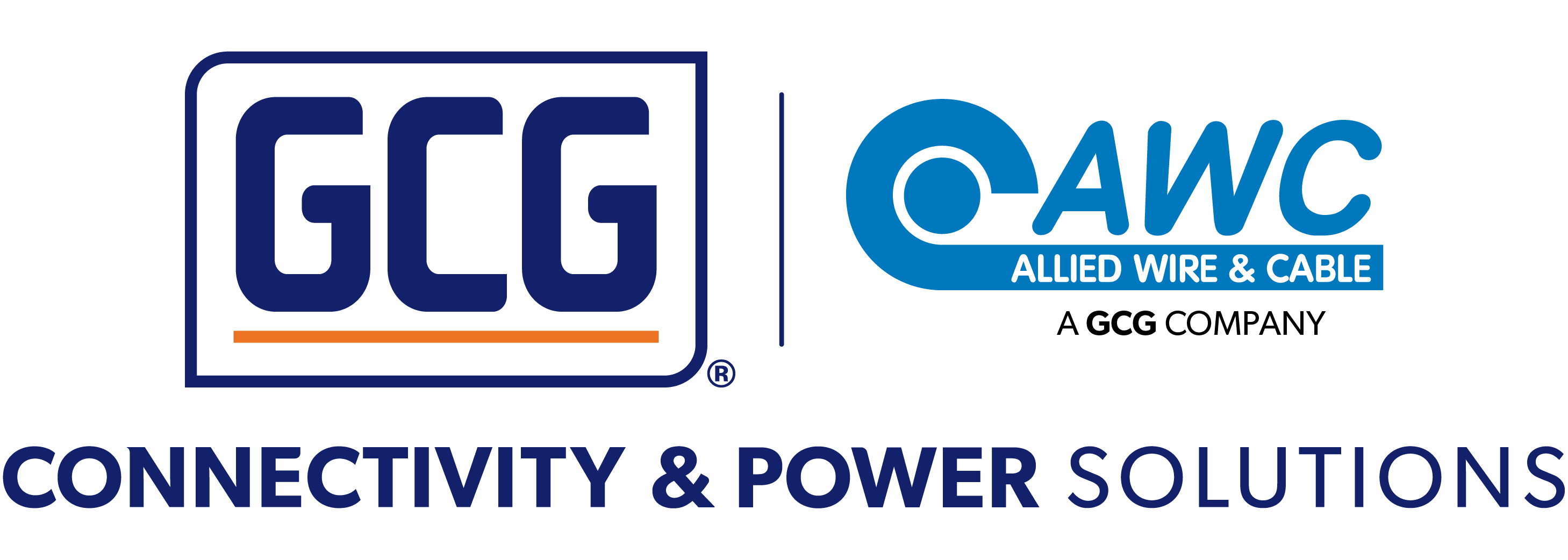NEMA HP3 M16878 Type E vs Type EE vs Type ET Wires
Type E, Type EE, and Type ET are all PTFE hook-up wires. They are all NEMA HP 3 types. They also coincide with three different MIL-W-16878 slants: M16878/4, M16878/5, and M16878/6. When comparing the spec sheets for these three wires, it's easy to see they share a lot of similarities.
NEMA HP3 Type E Wire (M16878/4)
NEMA HP3 Type E Wire (M16878/4) is a military-grade hook-up wire designed for demanding environments. It features PTFE insulation and a silver-plated copper conductor. This wire's moderate insulation thickness makes it suitable for a wide range of applications requiring reliable electrical performance up to 600 volts and temperatures up to 200 degrees Celsius. Type E wire boasts exceptional resistance to oil, solvents, grease, fungus, and chemicals and can be submerged in gasoline vapor, liquids, and oils without degradation. Its smooth, low-friction surface facilitates easy handling and provides protection against ozone and weathering.
NEMA HP3 Type EE Wire (M16878/5)
NEMA HP3 Type EE Wire (M16878/5) corresponds to MIL-W-16878/5 and features thicker PTFE insulation compared to Type E Wire. This additional insulation thickness allows for higher voltage ratings up to 1000 volts RMS, making Type EE Wire ideal for applications requiring greater insulation protection with similar resistance to gasoline, oils, fluids, chemicals, and weathering as lower-voltage options like Type E wire.
NEMA HP3 Type ET Wire (M16878/6)
NEMA HP3 Type ET Wire (M16878/6) is engineered to meet low-voltage demands up to 250 volts. It is distinguished by its thinner PTFE insulation, which is flexible and friction-resistant, ideal for tight applications, and results in a lower voltage rating compared to Type E and Type EE Wires. Type ET Wire is suitable for applications where space constraints or weight considerations are important factors, and this wire excels in extreme temperatures and moisture or corrosion-prone environments.
What are the Similarities Between Type E, Type EE, and Type ET Wires?
All three NEMA HP3 wires (Type E, Type EE, and Type ET) share several common characteristics:
- Silver-coated copper conductor
- Extruded PTFE insulation
- Temperature range of -60°C to +200°C
- High resistance to UV radiation, stress, chemicals, moisture, thermal aging, solder damage, and fire.
- Smaller and lighter construction compared to wires with other insulation types
What are the Differences Between Type E, Type EE, and Type ET Wires?
The primary differences among Type E, Type EE, and Type ET wires lie in their insulation thickness and corresponding voltage ratings:
- Type E Wire (M16878/4): Moderate insulation thickness and voltage rating up to 600 volts
- Type EE Wire (M16878/5): Thicker insulation for higher voltage applications up to 1000 volts
- Type ET Wire (M16878/6): Thinnest insulation with a lower voltage rating up to 250 volts
M16878/4 vs M16878/5 vs M16878/6
Although the NEMA HP3 standard has largely replaced the MIL-W-16878 specifications, both standards remain prevalent in the industry, offering reliable options for wire insulation. At Allied Wire & Cable, we provide a comprehensive selection of NEMA HP3 and MIL-W-16878 wires, available in various gauge sizes and configurations to meet diverse application requirements and UL styles. Explore our catalog to find the perfect wire for your next project.
| Type E Wire | Type EE Wire | Type ET Wire | |
|---|---|---|---|
| Nom. Insul. Thickness (in.) | .010" | .015" | .006" |
| Voltage Rating | 600 | 1000 | 250 |
| UL Style | 1213 | 1180 | 1371 |
M16878/6 Type ET Wire has the thinnest insulation of all three, and in turn, the lowest voltage rating. While PTFE is a generally tough material, this wire shouldn't be used in abrasive environments where mechanical stress is a concern. M16878/5 Type EE Wire has the thickest insulation of the three. M16878/4 Type E Wire has an insulation thickness that is in between Type E and Type EE, making it ideal for a wide range of applications.
Shop Type E Wire Shop Type EE Wire Shop Type ET Wire
While all three wires follow the Mil-W-16878 specification, they also follow the NEMA HP 3 standard for PTFE insulation wire. The NEMA HP standard has technically replaced the M16878 Mil-Spec, but the M16878 slants are still widely used in the industry. All three wires are currently listed under our M16878 catalog. We offer all three wires with both stranded and solid conductors. Gauge sizes for these wires range from 32 AWG to 4 AWG, ensuring we have the perfect wire for your next application. Have more questions about M16878? You can read our article on it here.


